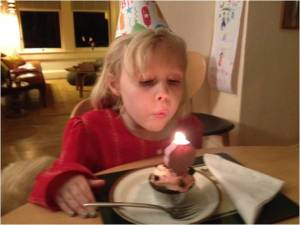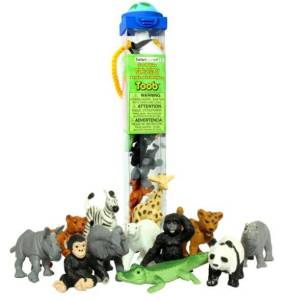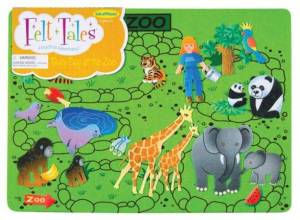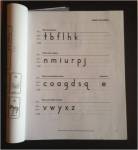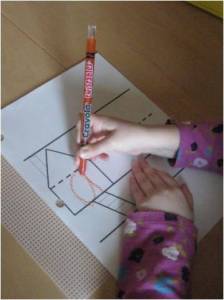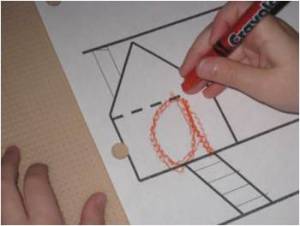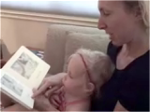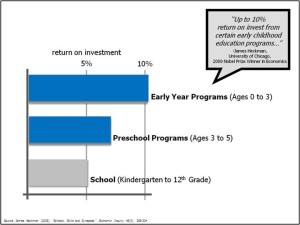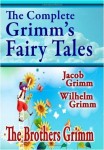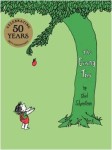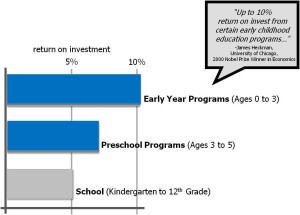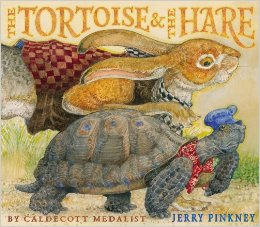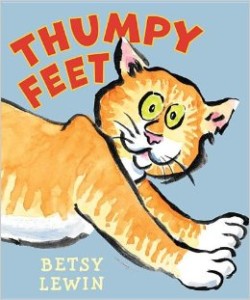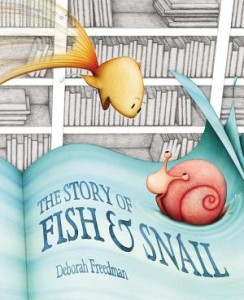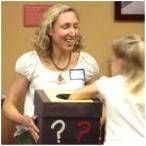My daughter was sick for the past two days. As we were snuggled in bed, my eight-year old who has been reading independently since age two, asked, “Will you read to me, Mommy?”
Her request immediately brought back memories of her younger days sitting on my lap as I read favorite stories to her. In part through those experiences, we developed a close bond as I helped cultivate my early reader.
Here are a couple favorites that your infant, toddler or preschooler might enjoy hearing you read as you snuggle:
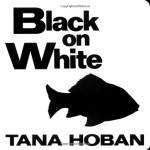 For your infant up to age 6 months. As an infant, my daughter loved to have me read and act out Peek-a Book by Janet Ahlberg. This story takes your infant from breakfast to bedtime with opportunities to play peek-a-boo in each of the book’s scenes. Another great book for this age is Black on White by Tana Hoban. Using this book, you can share familiar shapes with your baby, talk about each picture to expand vocabulary and have fun together.
For your infant up to age 6 months. As an infant, my daughter loved to have me read and act out Peek-a Book by Janet Ahlberg. This story takes your infant from breakfast to bedtime with opportunities to play peek-a-boo in each of the book’s scenes. Another great book for this age is Black on White by Tana Hoban. Using this book, you can share familiar shapes with your baby, talk about each picture to expand vocabulary and have fun together.
For your infant at age 6 to 12 months. I Can by Helen Oxenbury focuses on body awareness. Have fun with your infant as you explore her world as the baby in the story jumps, stretches and dances throughout this book. Where’s Baby by Tom Paxton is a great book for your little animal lover. In this book, a kitten searches for its friend the baby. The fun rhyming text provides a playful twist on hide-and-seek as you enjoy the book’s beautiful artwork together.
(For more suggestions to cultivate your early reader as an infant, please see my First Year blog series that starts with Month 1: Your Child’s Journey to Early Reading)
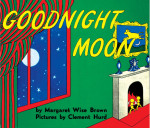 For your toddler to age two. Ingrained in my memory is Margaret Wise Brown’s Goodnight Moon. My husband and I must have read this all time favorite a 1000 times at our daughter’s request for a bedtime story. In this classic, mother bunny takes baby bunny through all the rituals of getting ready for bed. This incredible book will help encourage your child’s bedtime rituals. Next, The Itsy Bitsy spider by Lorianne Siomades beautifully illustrates this classic rhyme in a way that your active toddler can act out. Your child will practice motor control with her fingers as she follows the rhyme with you and sings the lyrics.
For your toddler to age two. Ingrained in my memory is Margaret Wise Brown’s Goodnight Moon. My husband and I must have read this all time favorite a 1000 times at our daughter’s request for a bedtime story. In this classic, mother bunny takes baby bunny through all the rituals of getting ready for bed. This incredible book will help encourage your child’s bedtime rituals. Next, The Itsy Bitsy spider by Lorianne Siomades beautifully illustrates this classic rhyme in a way that your active toddler can act out. Your child will practice motor control with her fingers as she follows the rhyme with you and sings the lyrics.
(For more toddler book recommendations, please see my article Top five board books! The most chewed list for your early readers!)
For your preschooler. The Story of Babar by Jean de Brunhoff is a favorite from my childhood, and for my preschool students. In this classic story, a brave little elephant, Babar, escapes the capture of hunters who kill his mother. Alone, Babar heads to the city where a kind old lady educates him. Wiser, Babar returns to the great forest where he is crowned king of the elephants. Another favorite is The Three Billy Goats Gruff by Paul Galdone, Caldecott-honored artist. Paul Goldone’s illustrations make this book amazing. When I read this aloud, my preschoolers love this story because it invites the reader to use dramatic expression and tone-of-voice. My preschoolers beg me to read the story again and again.
(For more preschooler book recommendations, please see my article Julie’s Recommends New Books for your Preschool Reader.)
These are a few of my favorite books that your infant, toddler or preschooler might enjoy hearing you read aloud.
What are some books your child enjoys hearing read aloud?
Like this:
Like Loading...
